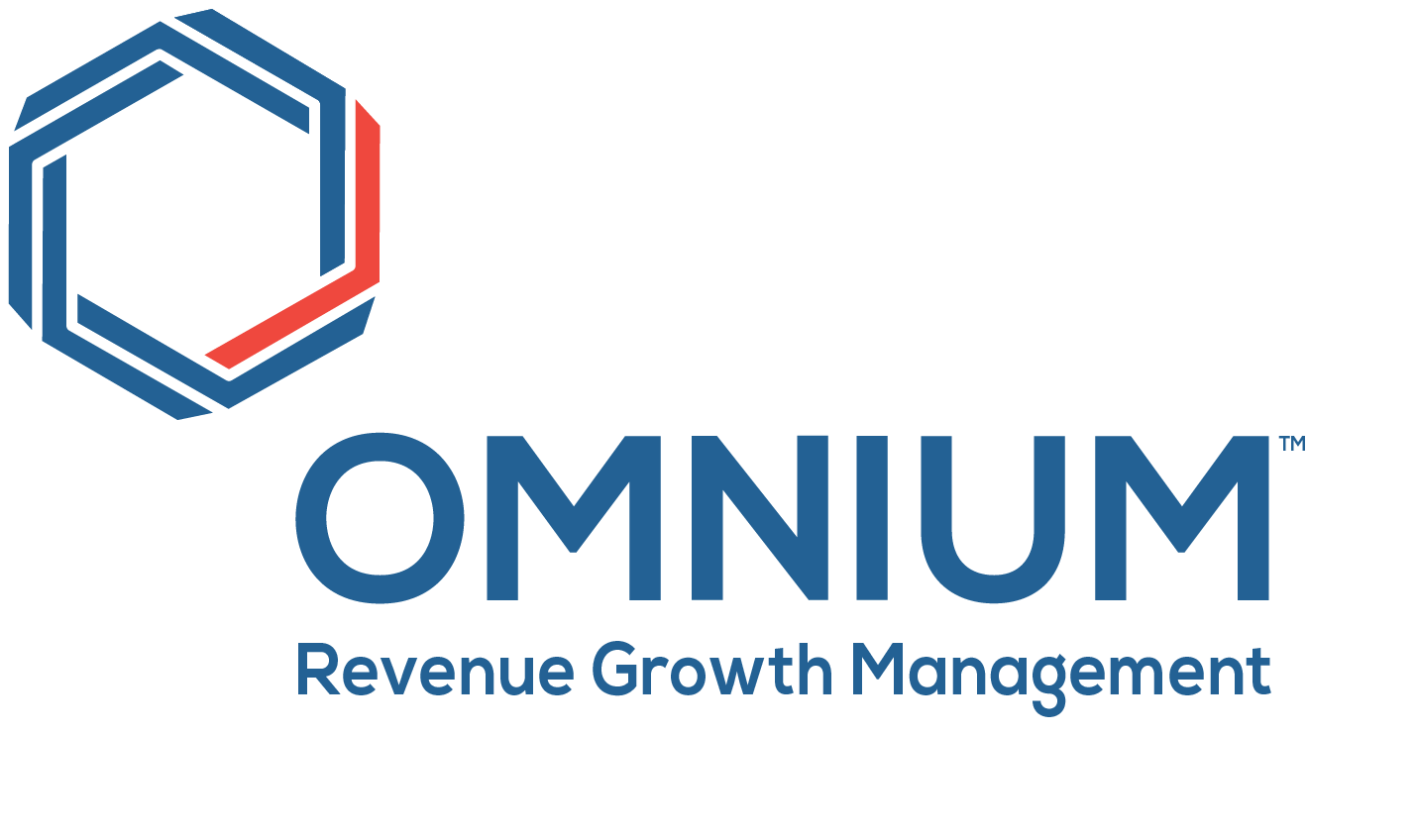Why CPG Brands Should Invest in Trade Promotions
Between innovating your product, keeping up with consumer trends, developing channel and retailer relationships, juggling your supply chain and logistics, and managing your retail availability, it’s easy to get overwhelmed by the chaos. Now add in pressure from your executive team about validating the return on our promotional spend, and you may begin feeling some frustration around this part of the trade budget.
The Perceived Problem with Promotions
Many of our clients express their frustrations with planning and executing promotions. They are watching their trade budgets increase over time, meanwhile their average lifts are decreasing. At an event level, they are seeing a large fraction of their promotions coming in at a negative ROI. At the same time, more and more retailers are pushing their vendors to put funding into cost and offer an EDLP (everyday low price) allowance. Marketers are frustrated by promotions too, believing that they devalue the brand and essentially subsidize their base sales.
“So why would I even bother promoting?”
When we hear these claims strung together it’s easy to start thinking that maybe we should just stop promoting; however, there are many key reasons to execute promotions.
Why Promotion Still Matters in 2019
Promotions live at the core of retail, both in-store and online. Not only are they proven to drive sales, but they are fundamental for your retailer relationships, and consumers are basically expecting them as well. So to answer your question “Why would I even bother promoting?”, here’s why.
Consumers are making decisions at the shelf
Despite the fact that pre-shopping product research has seen immense growth, many consumers are still walking into the store - especially the grocery store - with no specific plan, other than a generic list of items. In fact, 82% of purchase decisions are actually being made in-store and often times right at the shelf itself, while 89% of shoppers named price as a primary factor in their purchase decision in-store.
With unconvinced, price sensitive consumers faced with dozens of options making a purchase decision on the spot, how do you stand out? How do you get noticed amid the chaos? Simply put, having a tag on the shelf and a discounted price is the most effective way to get noticed in aisle.
We are told that incremental sales eat into our base business, but incremental sales are just that – incremental. Pantry loading almost never results in a post-promotion consumption trough. I’ve seen it maybe once in thousands of cases, and it was most likely an inventory issue.
By promoting, you are rewarding your loyal customers with the opportunity to consume even more of the product they love, and you are incentivizing new consumers to try your product. Furthermore, promoting has been proven to build brand affinity amongst customers - 68% of consumers are more likely to be loyal to a brand after taking advantage of their promotions.
It’s a requirement to staying on shelf
Unless you primarily sell directly to consumers, retailers are your gateway to the market. As much as retailers say “put it in the cost”, they will still expect you to promote.
Who wouldn’t want the lowest price? Can you blame your customers for trying to get it? Unfortunately, EDLP subsidization is seldom more effective at driving business than promotions. Moreover, once funds go towards price, you lose the ability to control them. For you to manage your business, you need to hold the reigns.
If the rest of the category is promoting, you will be expected to also. With the exception of a few true EDLP retailers, you will still be expected to promote even if you put all your funds into price. When it comes time for your buyer to make assortment decisions, they will be leaning towards brands who are supporting the category through promotions.
At-shelf promotions produce a stronger ROI than traditional marketing
Yes, we need to build our brand and attract new buyers, but these are necessarily expensive activities with difficult to prove ROI. Marketing at-shelf with tags and discounts (i.e. trade promotions) gets products noticed and into the hands of consumers. We can easily tie the results directly back to the effort. If we are a little craftier with our execution, we can even leverage our flagship SKUs to gain valuable feature and secondary display on our new and innovative items. At-shelf promotions work and they can produce a strong, positive ROI. We can show you how.
Promotions are a predictable way to manage your sales volumes and inventory levels
Managing sales volumes and inventory levels can sound mundane, but they are crucial considerations that can make or break your quarter. In times of constrained supply, having promotions to pull back on can allow us to keep service levels up with our customers. If we have extra inventory that needs to be moved, heating up an existing deal is a predictable way of selling through product. When has a buyer ever said “We can’t go hotter”?
Running promotions the right way
We’re not saying running promotions are easy. They aren’t. And that’s why so many brands struggle with them. By leveraging your historical data, our industry experience and in-depth mathematical modelling, we can help you build a formula for a fool-proof promotion plan that will move product and produce a strong ROI. Of course there are thresholds and break-evens on all of these activities. Knowing where and what your levers are for when you need to move your P&L is the key to managing trade spend. Put in the work and understand your levers and your promotions will become a tool you confidently wield in the management of your P&L.
Need help building and executing an effective promotion strategy in 2019? Give us a call.


